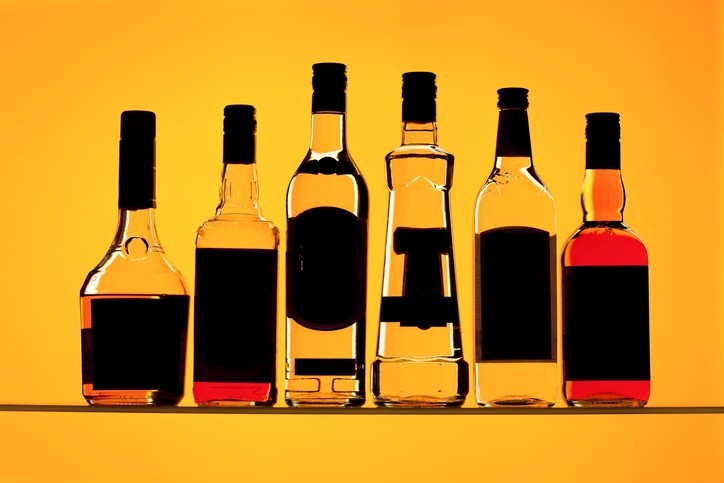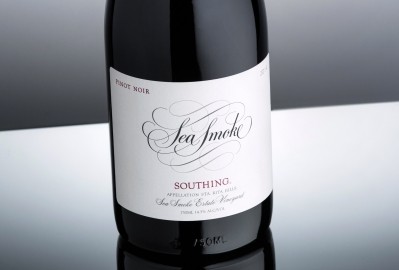India, China and US will be key drivers for global alcohol market growth

India, China and the US will together add $30bn in incremental value to the total beverage alcohol category by 2028, according to IWSR.
Global beverage alcohol declined 1% in volume but rose 2% in value in 2023, according to new data and forecasts from market analysts IWSR.
Following declines in 2023 and continued challenges in 2024, global beverage alcohol is expected to begin its recovery in 2025. And it’s India, China and the US that will act as the top growth drivers for the category moving forward.
The big picture
Post-pandemic, the global beverage alcohol saw above-trend growth. Now, cost-of-living pressures have been softening demand.
IWSR predicts that 2024 will remain challenging, with volumes expected to edge up by just 0.4% as households continue to rebalance after strong inflationary pressures of the past two years.
That is expected to be followed by a moderate recovery in 2025: with volume and value set to rise at a CAGR of +1% between 2023 and 2028.
Growth is expected to come from developing economies - the top ones being India, China, Brazil and Mexico – with the US representing the only mature market forecast to make a substantial addition to value.
India
The major volume growth market in 2023 was India. While global beverage alcohol struggled up 1% in volume in 2023, India enjoyed 5% growth. Spirits in India posted 12% growth, beer was up 38%, wine was up 19% and RTDs up 40%.
What’s driving such growth? India offers strong prospects thanks to its huge population, young demographics (the median age is below 30, while in the US and China this is closer to 40), an increasingly sophisticated retail channel, and a progressively more adventurous consumer base.
India is one of the few large beverage alcohol markets in the world to demonstrate consistent growth momentum, said Jason Holway, senior consultant, IWSR.
“Premiumisation remains a key feature of growing demand,” he told us.
“The strong growth of white spirits stood out, with vodka and gin sales advancing by double digits and agave-based spirits surging by 80%. The performance of each owed much to the increasing popularity of cocktails, both in the on-trade and at home. Local brands outperformed imports in each case.
“Premiumisation continues but is now acquiring a distinctly Indian element. Numerous local players operating at the value and low-priced end of the market are now offering credible, premium-quality and accessibly priced spirits.”
While the country’s regulatory framework can be off-putting, free trade agreements could open up doors for beverage alcohol companies.
China
China experienced volume declines across a number of categories, amid concerns over slowing economic growth and rising unemployment among younger legal drinking age consumers. International spirits grew by +2% as the on-trade reopened, but volumes of both Cognac (-3%) and malt Scotch (-11%) suffered falls.
A decline in baijiu brought down both Chinese and global growth figures.
However - as in India - premiumization is a key trend with the value of the market set to growth by $41.7bn 2022-2027.
China remains one of the world’s most attractive beverage alcohol markets, thanks to its large population and financial prosperity among many.
And alcohol remains a popular choice for China's Gen Z legal drinking population (around 15% are abstainers, which is low compared to other key markets such as the US, UK and Japan).
The US
The US spirits market declined for the first time in nearly 30 years in 2023, with volumes down 2%.
“Multiple factors are having an impact on performance of the US beverage alcohol market, including imbalanced inventory levels in wholesale and retail, challenging economic conditions and an increased consumer focus on health and wellness, leading to more moderate alcohol consumption,” explained Adam Rogers, Research Director North America, at IWSR.
The bright spots in the market are tequila; some parts of the whiskey market, and RTDs. And these are ones that can drive value growth: tequila is poised to add the most incremental value to the US spirits market by 2028, driven by premium-and-above expressions.
Complex and uncertain macroeconomic landscape
These market conditions reflect a more complex and uncertain macroeconomic landscape, with IWSR consumer research indicating that households remain under considerable financial pressure, and amid signs of increasing government regulatory pressures in key markets.
“The ongoing shift in the TBA [Total Beverage Alcohol] growth axis, with gains now coming increasingly from developing markets, entails a greater exposure to business risk," said Emily Neill, COO Research and Operations, IWSR.
"Companies need to reorientate their global strategies to target new growth opportunities. Expansion across categories as well as geographic footprint will be increasingly important. In today’s global TBA marketplace, companies need to continue to innovate in order to succeed.”









